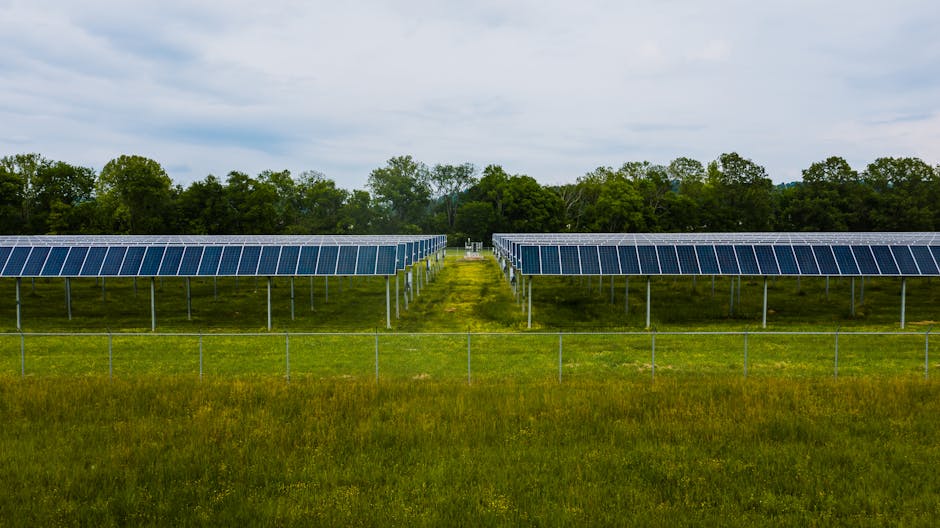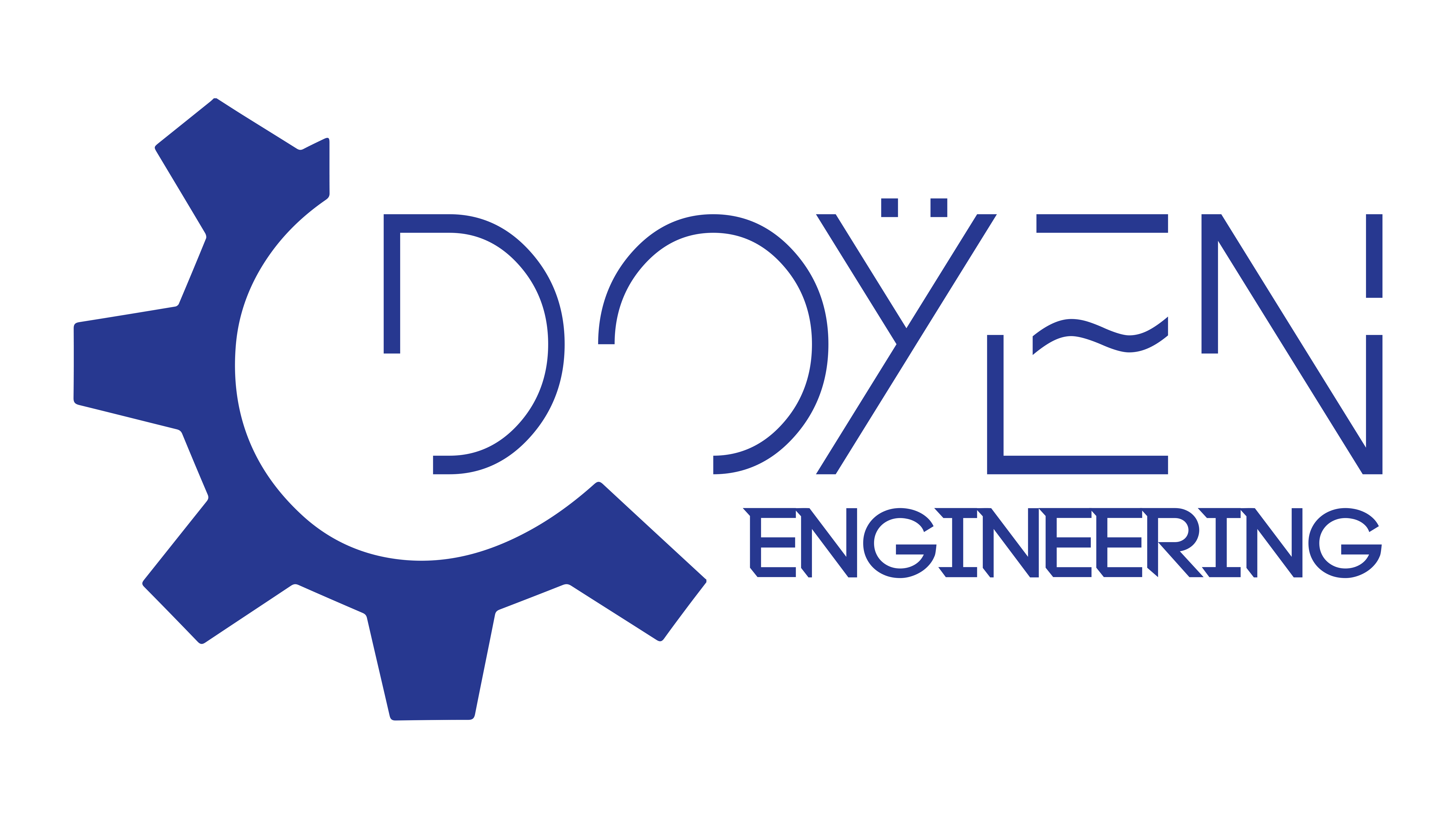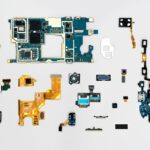
Introduction to Electrical Engineering Research
Importance of Electrical Engineering Research
Electrical engineering research plays a critical role in shaping our modern world. It drives innovation across a variety of sectors, leading to advancements in technology that improve daily life. Here are some key reasons why this research is vital:
- Enhances Energy Efficiency: Research leads to the development of smarter power systems that minimize wasted energy.
- Supports Technological Advancements: Breakthroughs in electronics and telecommunications arise from rigorous research efforts.
Reflecting on a personal experience, observing the transition from traditional energy sources to renewable solutions inspired a deeper interest in sustainable engineering practices.
Evolution of Electrical Engineering Research
The evolution of electrical engineering research can be traced back to its origins in the late 19th century when pioneers like Thomas Edison and Nikola Tesla laid the groundwork. Over the years, it has transformed significantly through various technological shifts, such as:
- The Rise of Digital Technologies: The shift from analog to digital systems ushered in new research opportunities.
- Integration with Computer Science: The collaboration of disciplines has led to breakthroughs in areas like artificial intelligence and machine learning.
As technology continues to advance, so does the scope of electrical engineering research, paving the way for innovative solutions to future challenges.

Power Systems and Renewable Energy
Smart Grid Technology
As the demand for reliable energy sources continues to grow, the integration of smart grid technology becomes increasingly crucial. Smart grids utilize digital communication to monitor and manage the delivery of electricity efficiently. Here's why smart grid technology is changing the landscape of energy distribution:
- Real-time Monitoring: Allows utility companies to detect outages and respond promptly.
- Improved Energy Efficiency: Automatically adjusts energy flows based on demand, reducing waste.
Reflecting on a recent hike in a residential area powered by a smart grid, it was fascinating to see how seamlessly electricity flowed, showcasing the innovation of modern technology.
Solar Energy Systems
In tandem with smart grids, solar energy systems are revolutionizing how we think about energy generation. Utilizing the sun’s renewable energy has brought numerous benefits, including:
- Reduced Energy Costs: Homeowners are seeing significant savings on utility bills.
- Environmentally Friendly: Solar power is a clean alternative that decreases reliance on fossil fuels.
During a community initiative to install solar panels on local rooftops, the enthusiasm from residents highlighted a collective move toward sustainability—reinforcing the importance of solar energy in our power systems. These advancements in power systems and renewable energy are paving the way for a greener future.

Electronics and Embedded Systems
Internet of Things (IoT)
Transitioning into the realm of electronics, the Internet of Things (IoT) stands at the forefront of innovation. By connecting everyday devices to the internet, IoT enables unprecedented levels of automation and data exchange. Here are some standout features of IoT technology:
- Enhanced Connectivity: Devices like smart thermostats and security cameras sync to provide seamless home management.
- Data-Driven Insights: Collecting data allows for smarter decision-making, optimizing both energy use and productivity.
A recent experience at a friend's smart home showcased the convenience of IoT—adjusting the temperature or checking security through a smartphone made managing day-to-day tasks effortless.
Wearable Technology
Closely related to IoT, wearable technology represents another impressive advancement in electronics and embedded systems. Devices such as smartwatches and fitness trackers not only enhance personal fitness but also integrate seamlessly with IoT applications. Consider these compelling aspects of wearable technology:
- Health Monitoring: Wearables track heart rates, sleep patterns, and physical activity, promoting a healthier lifestyle.
- Real-Time Notifications: They offer immediate access to messages and alerts right on the wrist, elevating convenience.
During a recent jog, my smartwatch provided real-time feedback on my heart rate and distance, illustrating the powerful impact of technology on health and fitness. Together, IoT and wearable tech are shaping a more connected and health-conscious world.
Control Systems and Robotics
Autonomous Vehicles
Delving deeper into control systems, autonomous vehicles represent a groundbreaking leap in robotics and engineering. These vehicles rely on advanced algorithms and sensors to navigate without human intervention. Here are some fascinating facets of autonomous vehicle technology:
- Safety Enhancements: AI-driven systems can reduce accidents by predicting and reacting to hazards faster than human drivers.
- Efficiency: Autonomous cars optimize routes, potentially reducing traffic congestion and lowering fuel consumption.
Having taken a ride in a self-driving car at a recent tech expo, it was incredible to witness the vehicle adapt to real-world conditions seamlessly, highlighting the transformative power of robotics.
Industrial Automation
On the industrial front, automation is revolutionizing manufacturing processes, boosting efficiency and precision. Control systems enable machines to operate autonomously, streamlining production lines and reducing human error. Key aspects of industrial automation include:
- Increased Productivity: Robots can operate around the clock, delivering consistent output with minimal downtime.
- Cost Reduction: Automating repetitive tasks can significantly lower labor costs while improving quality.
During a visit to a manufacturing plant, observing robotic arms assembling products emphasized how automation is reshaping the workforce and enhancing productivity. Together, autonomous vehicles and industrial automation highlight the profound impact of control systems and robotics on our world.
Signal Processing and Communications
5G Technology
As we shift our focus to signal processing and communications, 5G technology emerges as a revolutionary force in the telecommunications landscape. Promising faster speeds and more reliable connections, 5G transforms how we communicate and interact with technology. Key benefits include:
- Increased Data Speeds: Users can experience download speeds up to 100 times faster than previous generations.
- Low Latency: Real-time communication is boosted, making applications like virtual reality and online gaming incredibly responsive.
A personal experience such as streaming high-definition video during a train ride while maintaining a stable connection exemplifies the advantages 5G brings to everyday life.
Wireless Sensor Networks
Complementing 5G technology, wireless sensor networks (WSNs) provide essential infrastructure for monitoring environments and collecting valuable data. These networks consist of interconnected sensors communicating wirelessly, which can offer numerous advantages, including:
- Real-Time Monitoring: WSNs can track changes in temperature, humidity, and motion, facilitating instant responses.
- Energy Efficiency: Many sensors operate on minimal power, making them ideal for remote locations.
During a recent nature hike, coming across a WSN monitoring wildlife in the area showcased how technology can support environmental preservation. Together, 5G technology and wireless sensor networks illustrate the profound influence of signal processing and communications on modern connectivity and data collection.
Electromagnetics and Microwave Engineering
Antenna Design
Transitioning into the field of electromagnetics and microwave engineering, antenna design plays a pivotal role in enabling effective communication. Antennas convert electrical energy into electromagnetic waves and vice versa, making them essential for various applications. Key elements of antenna design include:
- Radiation Patterns: Designing antennas to optimize the direction and strength of signals.
- Impedance Matching: Ensuring efficient power transfer between the antenna and transmitter.
Reflecting on a recent visit to a satellite communications facility, engaging with engineers showcasing their antenna designs underscored the intricacies involved in achieving reliable signal transmission.
RF Circuit Design
Following antenna design, RF (radio frequency) circuit design is crucial in ensuring seamless communication. These circuits are responsible for processing and transmitting signals across a range of frequencies, serving applications from smartphones to satellite systems. Significant factors in RF circuit design include:
- Signal Integrity: Ensuring minimal loss of signal strength and clarity during transmission.
- Frequency Selectivity: Designing circuits to operate efficiently within specific frequency bands.
During a hands-on workshop, experimenting with RF circuit prototypes demonstrated the challenges and innovations involved in optimizing performance, further highlighting the impact of microwave engineering and antenna systems on our interconnected world. Together, these elements promote effective communication in diverse technologies.
Photonics and Optoelectronics
Fiber Optic Communications
As we delve into the realm of photonics and optoelectronics, fiber optic communications take center stage as a revolutionary method of transmitting data. By utilizing light to convey information, fiber optics offer numerous advantages:
- High Bandwidth: Fiber optics can support vast amounts of data, making them ideal for internet and telecommunications.
- Low Signal Loss: They experience significantly less attenuation than traditional copper cables, ensuring clearer signals over long distances.
I vividly recall a visit to a data center, where seeing the intricate web of fiber optic cables highlighted their crucial role in enabling our digital lives.
Photonic Devices
Following fiber optic communications, photonic devices represent another critical aspect of this field, harnessing light for various applications. These devices can range from lasers to photodetectors, each serving specialized purposes. Noteworthy features of photonic devices include:
- Versatility: They are used in applications such as optical sensing, imaging, telecommunications, and medical diagnostics.
- Miniaturization: Recent advances allow for smaller and more efficient devices, paving the way for innovative uses in consumer electronics.
During a recent workshop on photonic device fabrication, hands-on activities reinforced the concept that these technologies are not only vital for communication but also for enhancing industrial and medical applications. Together, fiber optic communications and photonic devices propel us into a brighter, more connected future.

Energy Storage and Conversion
Battery Technologies
Shifting our focus to energy storage and conversion, battery technologies are at the forefront of innovation, enabling portable and renewable energy solutions. With an increasing reliance on electric devices and vehicles, advancements in battery technology are crucial. Key highlights include:
- Lithium-Ion Batteries: Known for their high energy density and efficiency, these are ubiquitous in smartphones and electric cars.
- Solid-State Batteries: Offering improved safety and performance, they represent a promising future beyond traditional lithium-ion batteries.
Reflecting on my experience attending an electric vehicle expo, witnessing the evolution of battery technology firsthand opened my eyes to how these innovations are shaping the automotive industry.
Power Electronics
Complementing battery technologies, power electronics play a vital role in managing the flow of electrical energy, converting and controlling power to ensure efficiency. This field encompasses a range of applications, including:
- Inverters: Essential for converting direct current (DC) from solar panels into alternating current (AC) for household use.
- Converters: Allow for seamless energy transfer between different DC voltage levels in electric vehicles.
During a recent class on power electronics, I had the chance to build a small inverter circuit, which brought to life the concepts discussed and emphasized the importance of energy management in renewable systems. Together, battery technologies and power electronics are revolutionizing energy storage and utilization, paving the way for a sustainable future.
Nanotechnology in Electrical Engineering
Nanodevices
As we explore the exciting intersection of nanotechnology and electrical engineering, nanodevices emerge as tiny yet powerful components that can significantly enhance performance in various applications. These devices utilize phenomena at the nanoscale to achieve remarkable efficiencies. Noteworthy features of nanodevices include:
- Size and Efficiency: Their small size allows for faster switching speeds and lower power consumption in electronic circuits.
- Enhanced Functionality: Applications range from sensors to transistors, dramatically improving capabilities in fields like telecommunications.
I recall a visit to a research lab where scientists were fabricating nanoscale transistors, showcasing how these innovations could revolutionize computing power and energy efficiency.
Nanomaterials for Energy Applications
Transitioning from nanodevices, nanomaterials also play a crucial role in advancing energy applications. These materials possess unique properties that can enhance energy generation and storage systems. Key aspects of nanomaterials include:
- Increased Surface Area: Nanomaterials often have a greater surface area, leading to improved reactions in batteries and fuel cells.
- Light Absorption: Certain nanomaterials, like quantum dots, can enhance the efficiency of solar cells by capturing a broader spectrum of light.
During a recent sustainable energy symposium, I was inspired by a presentation on nanomaterials in solar panels, which highlighted their potential to drastically improve energy conversion rates. Together, nanodevices and nanomaterials are pushing the boundaries in electrical engineering, fostering innovations that pave the way for sustainable technologies and more efficient energy systems.

Artificial Intelligence in Electrical Engineering
Machine Learning for Power Systems
As we transition into the realm of artificial intelligence, machine learning is making significant strides in optimizing power systems. By analyzing vast amounts of data, machine learning algorithms can predict demand patterns and enhance grid reliability. Key benefits include:
- Predictive Maintenance: Early identification of potential faults in equipment can reduce downtime and costs.
- Load Forecasting: Accurate predictions help utility companies manage energy distribution effectively.
I remember attending a workshop where industry experts shared insights on machine learning applications in smart grids; the discussions highlighted a future where electricity management becomes remarkably more efficient and responsive to real-time data.
Neural Networks for Signal Processing
Building on the advances in machine learning, neural networks are transforming signal processing by mimicking the way the human brain interprets complex data. These networks excel in handling noisy signals, improving data accuracy in various applications, such as:
- Audio and Speech Recognition: Neural networks can filter noise and enhance clarity, contributing significantly to technologies like virtual assistants.
- Image Processing: In telecommunications, they improve the quality of transmitted images and video streams.
At a recent technology fair, seeing demonstrations of neural networks processing real-time audio data was eye-opening, illustrating the potential for enhancement in communication systems. Together, machine learning and neural networks extend the capabilities of electrical engineering, driving innovation and efficiency in power systems and signal processing.





